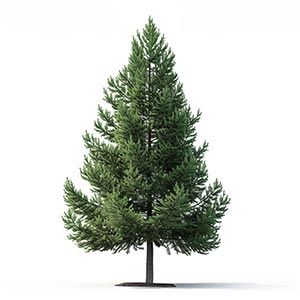Pine Tree offers a distinct, refreshing, and crisp aroma reminiscent of forest and natural greenery. It is derived from various species of pine trees, which are coniferous trees belonging to the Pinus genus in the family Pinaceae. The scent of pine is often associated with cleanliness and invigorating outdoor freshness, making it a popular choice in a wide range of fragrances, especially in the creation of masculine scents. The use of Pine Tree in fragrances dates back to ancient times where its aromatic qualities were utilized in incense and oils. In modern perfumery, Pine Tree notes are used to add a natural, woody, and earthy quality to compositions. The fragrance is typically obtained from the needles, cones, and twigs of the tree, and is known for its longevity and ability to blend well with other woody and green notes, as well as with citrus and spicy accents.
Natural or Synthetic?
Pine Tree is used both in its natural and synthetic forms in perfumery. Natural pine oil is extracted from the tree through steam distillation of the needles, twigs, and cones, capturing the essence of the tree. However, the natural extraction can be costly and limited due to seasonal and environmental factors. Consequently, synthetic alternatives are also employed to mimic the pine scent, providing a more consistent and readily available supply for large-scale fragrance production. These synthetic versions are designed to replicate the natural aroma of pine and are often used in combination with or as a substitute for natural pine oil.
Fragrance Families Pine Tree Most Commonly Found In
Show fragrances that contain Pine Tree as a note



